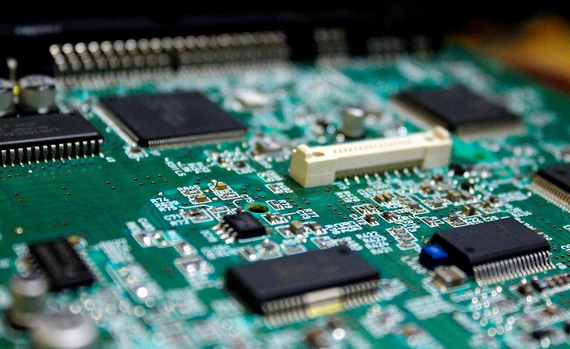In electronic circuits, Power Management Integrated Circuits (PMICs) are crucial core components responsible for voltage conversion, battery charging and discharging, overload protection, and other essential functions. However, with hundreds of PMIC models available, how can engineers differentiate between them?

1. Silkscreen Decoding
① Brand Logo Identification
TI (Texas Instruments) TPS/LM series, ADI (Analog Devices) LT/ADP series, and MPS (Monolithic Power Systems) MP series all have unique logo markings.
Beware of counterfeits: Genuine logos have sharp edges, while fakes often appear blurry or deformed.
② Model Code Analysis
Typical format: Brand abbreviation + series number + parameter code (e.g., TPS54331DRT).
Key fields: Package type (DRT=QFN-20), voltage rating (54=5.5V input), current capacity (33=3A output).
③ Production Information Tracking
Date code: Usually a 4-digit number (e.g., 2248=48th week of 2022).
Batch number: Used for quality traceability but has no model identification value.
2. Package Features
① Pin Arrangement Patterns
DIP/SOIC packages: Traditional through-hole devices, commonly found in low-frequency power supplies.
QFN/BGA packages: Preferred for high-frequency/high-power PMICs, such as MPS’s MPQ series which uses QFN-28.
② Heat Sink Structure
Integrated heat sink models (e.g., TI’s LM2596S) are typically used in high current scenarios.
No heat sink models (e.g., ADP5301) are mostly low-power LDOs.
③ Special Mark Identification
Green dot: ROHS certification mark, unrelated to the model.
Laser-etched QR code: Only high-end models (e.g., Infineon OptiMOS series) use this, requiring specialized equipment for reading.
3. Datasheet Traceability
① Parameter Cross-Verification
Input voltage range: Linear voltage regulators (LDOs) typically ≤20V, while DC-DC controllers can reach 60V+.
Conversion efficiency: Synchronous rectification models (e.g., TPS62177) can achieve over 95% efficiency.
② Typical Application Circuit Comparison
Switching frequency: High-frequency models (e.g., LT8640S) can exceed 2MHz, significantly reducing the size of external inductors.
Protection features: Models with UVLO (under-voltage lockout) require specific resistor divider networks.
③ Package Thermal Resistance Parameters
θJA (junction-to-ambient thermal resistance): QFN packages (θJA≈40℃/W) are far superior to TSSOP (θJA≈90℃/W).
4. Tool Assistance
① Manufacturer Selection Tools
TI WEBENCH: Automatically recommends TPS series models based on input/output parameters.
ADI Analog Filter Wizard: Recommends ADP series solutions for power filtering needs.
② Third-Party Databases
Digi-Key parameter search: Supports multi-dimensional filtering by package, voltage, and current.
Octopart image recognition: Uploading a chip photo can match similar models (error rate about 5%).
③ Open Source Community Resources
GitHub hardware library: Contains KiCad package libraries for over 100,000 PMICs.
EEVblog forum: Engineers share real measurement data, such as discrepancies between actual conversion efficiency and datasheet values for certain models.
This article is an original piece by Yiy Education. Please indicate the source when reprinting!